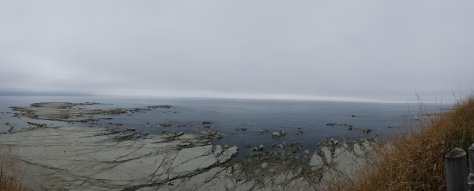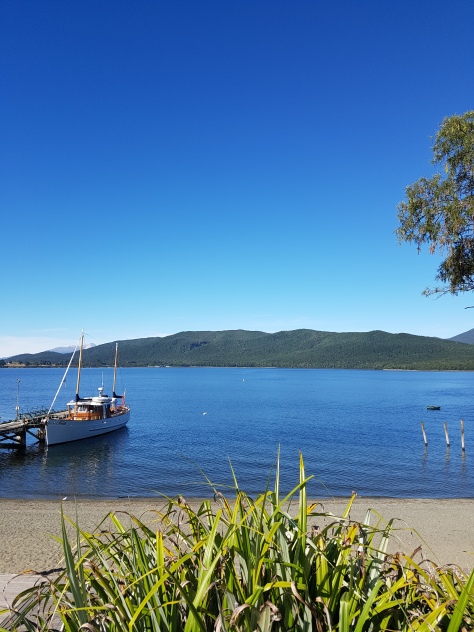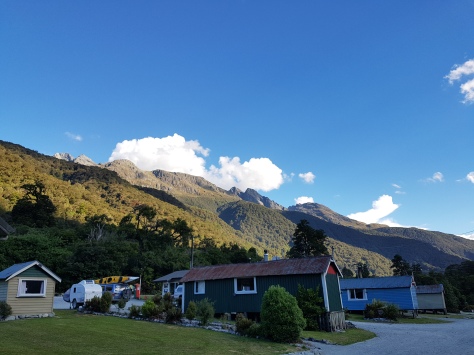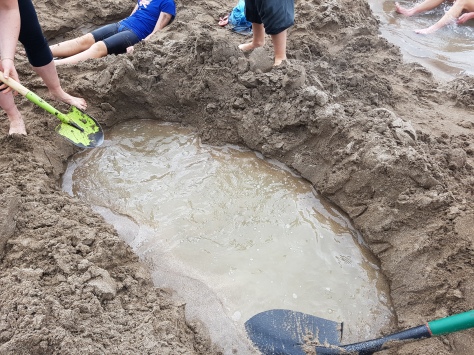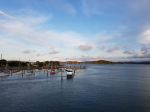The last month we have been wwoofing in Whangarei and it kept me really busy. Sadly, not every host was as good as expected.
Hey world, it is me and I am finally back! I was at a places with probably the worst phone reception ever and no internet at all. Joking … but it is really bad (so bad I can not upload any picture at all). So much has happened in the last month that I will split it in two post. Here is the first one, about Maeve’s and my first Wwoofing experience:
You my ask yourself: Wwoofing? Is that something for dogs? Why are they doing it so long?
WWOOF stands for Willing Workers On Organic Farms and is a platform for farms, households and volunteers around the globe. The volunteers, mostly backpackers, can stay at a host and are given accommodation and food in exchange for a few hours of work a day. At most host you are expected to work between four and six hours. It is great opportunity for travellers to get to know the local life and to make a cultural exchange between the host and the volunteer. Personally, it is also important for me to give something back to the country we are take from while travelling, creating something and leave a small piece to remember behind. Sadly, not all volunteers want to experience and exchange, the are more interested in the cheap accommodation, because hostels are quite expensive. On the other hand, some hosts are only looking for cheap workers. It is sad to see how some people exploit the Wwoofing site.
Our very first Wwoofing-Host was a woman living in Auckland and Whangarei. We stayed two weeks with her, which is often the time a volunteer stays with a host.
The first week we stayed in Auckland with her and helped organizing and cleaning over hundert moroccan carpets. Definetly enough for two lives! Some of them were quite antique and others had moths in them. We also cleaned occasionally and cooked dinner most of the times.
We were staying in a nice, old caravan in Ponsonby (the best part of Auckland) and later had our own part of the farmhouse in Whangarei.
Sadly, even if our host was a nice person, she did not really made us feel welcome in her chaotic home. She never really talked a lot to us and send us often politely away after dinner. Even if the work was very boring (specially later on the farm) we were still very motivated to get it all done, because it was our first host ever, but for her it was the least that somebody could do with a smile on his face. She often made us wait for a long time and usually got out of bed at lunchtime, which made it quite complicated to use to free time. Another thing is, we did not wanted to wwoof in Auckland and were waiting every day to leave for Whangarei and for seven days our host told us: we will go definitely tomorrow.
The farm land was very beautiful and wild, with a good view on the Whangarei Heads, but not in walking distance of anything. The farmhouse was located at the top of the hill and it was always very windy up there. One thing we had to get used to is the missing central heat in houses in New Zealand. If you are lucky, the got a fire place or a portable heater, sometimes they just do not. We had to share a small heater with the others, which meant it was usually very cold in our room. Additionally the flush on the toilet was not working and we showered with cold water. It has to be worth it, we thought, if we could work with the sheep and maybe those cute lambs. Unfortunately we did not work with the sheep at all, cause they were just on the farmland all day. Instead we had fun tasks like raking leaves all day, putting them in piles. For some reason our host did not wanted us to collect the piles right afterwards, so they were often gone the next day, because of the heavy wind and we had to rake there again. Slowly we began to realize, we are doing shitty jobs for really shitty payment.
At the last few days we met another Wwoofer, a nice guy from Bavaria, who came to the farm to stay when we are gone. We had to show him how to do all the things on the farm and once again we felt like cheap workers that could easily be replaced. By telling him what we have been doing for two weeks, we finally realized how bad our host was. She used us and always made empty promises. In the end we were happy to leave, even if our host begged us to stay longer.
Last but not least, an advice if you want to wwoof yourself: our host was doing wwoofing since a few years now and had no reviews on her profile. This should always make you suspicious and wonder, why never anybody wrote something, because maybe the volunteers did not know how to put their not as good as expected experience into nice words for the internet.
We have learned our lesson and luckily our next host was quite different.
To be continued.
